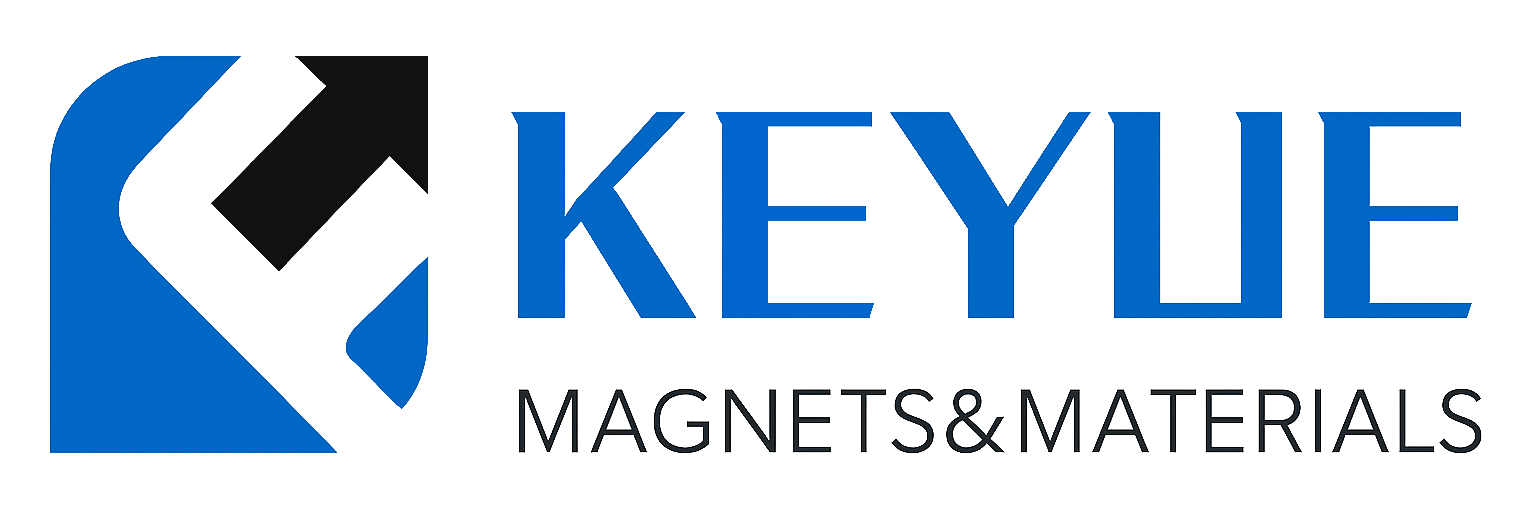描述
铬板(Chromium Plate, Cr Plate)
产品简介
铬板(Cr Plate)是一种由高纯铬(Purity ≥ 99.9%)制成的硬质金属板材,具有极高的硬度、优异的耐腐蚀性和良好的反射性能。
凭借其独特的物理与化学特性,铬板被广泛用于光学镀膜、电极材料、耐磨涂层、冶金添加剂及高温结构件等领域,是功能性金属材料的重要组成。
产品详情
苏州科跃材料科技有限公司生产的高纯铬板采用真空电解精炼—热等静压(HIP)—精密轧制—抛光工艺制备,板面光滑致密,纯度稳定,组织均匀。
产品符合 ASTM B773 / GB/T 15007 / ISO 9001 标准,可提供科研级与工业级版本。
典型规格:
-
纯度等级:99.9%、99.95%、99.99%
-
厚度范围:0.2 – 10 mm
-
尺寸范围:≤ 300 × 300 mm
-
制造工艺:真空熔炼 + 电解提纯 + 热轧 + 抛光
-
表面状态:银灰色 / 光亮抛光 / 无氧化层
性能特点
-
高硬度(HV 1200以上):具极高的耐磨性和抗压强度。
-
强抗腐蚀性:在酸碱及高温气氛中稳定。
-
优异反射性能:对可见光与红外光有较高反射率。
-
高熔点(1907 °C):适合高温应用。
-
真空兼容性好:低放气率,适用于镀膜设备。
应用领域
-
光学镀膜:反射镜、滤光片及红外反射膜基材。
-
电极与导电层:电镀阴极、电接触片。
-
耐磨涂层:工具、模具及精密机械表面强化。
-
冶金与合金制造:不锈钢与高温合金的关键添加剂。
-
科研实验:溅射靶材、蒸发源与真空组件。
技术参数
| 参数 | 典型值 / 范围 | 说明 |
|---|---|---|
| 纯度 | 99.9–99.99% | 高纯金属铬 |
| 密度 | 7.19 g/cm³ | 致密金属结构 |
| 熔点 | 1907 °C | 高温稳定性强 |
| 电导率 | 7.9 × 10⁶ S/m | 稳定导电性能 |
| 热导率 | 94 W/m·K | 优良导热性 |
| 硬度 | HV 1200–1400 | 极高表面硬度 |
| 抗拉强度 | 350–500 MPa | 强韧平衡 |
| 延展性 | 中 | 可冷加工 |
| 反射率 | ≥ 65%(可见光) | 光学性能良好 |
常见问题(FAQ)
| 问题 | 答案 |
|---|---|
| 铬板是否易氧化? | 在空气中形成致密氧化膜,防止进一步氧化。 |
| 是否具磁性? | 弱磁性。 |
| 是否可用于光学镀膜? | 是的,常用于反射层与中间层。 |
| 是否可焊接? | 需使用真空或惰性气氛焊接。 |
| 是否适合真空环境? | 可在高真空系统中长期使用。 |
| 是否附检测报告? | 提供化学成分与纯度分析报告。 |
| 是否支持定制? | 支持厚度、尺寸与表面处理定制。 |
| 是否符合RoHS/REACH? | 是,符合国际环保标准。 |
包装与交付
所有铬板出厂前均经纯度检测与表面检验,采用真空密封、防潮防氧化包装,外层使用出口级木箱。
提供 COC、RoHS/REACH 文件及检测报告。

.png)
-300x300.png)
-300x300.png)
-300x300.png)
评价
目前还没有评价